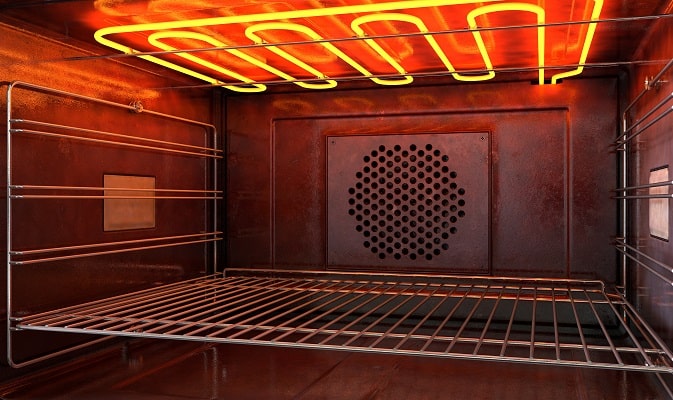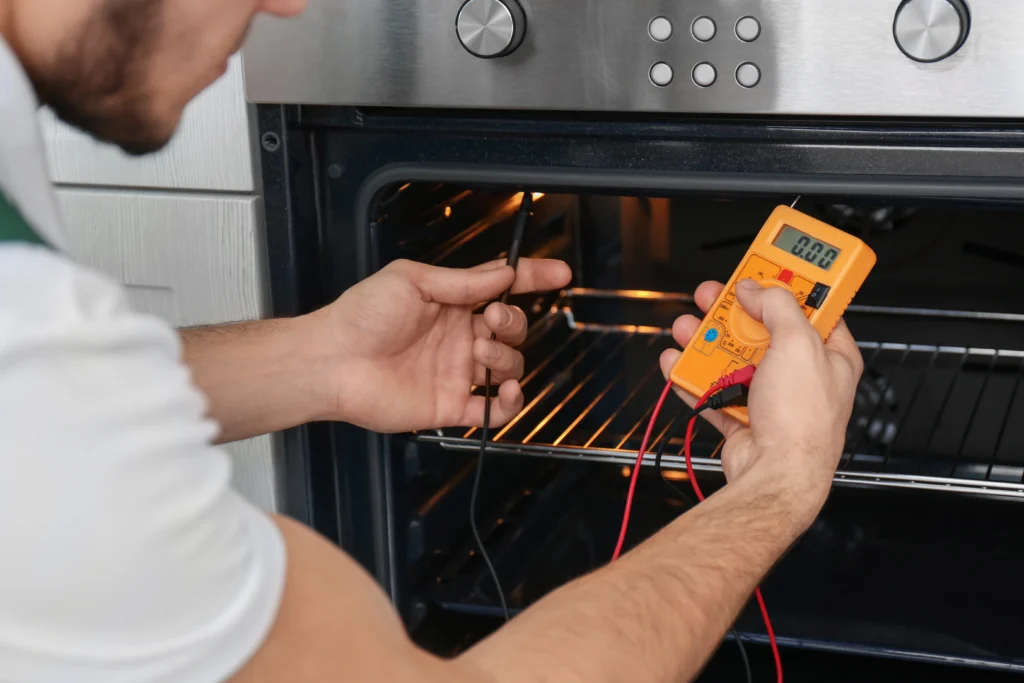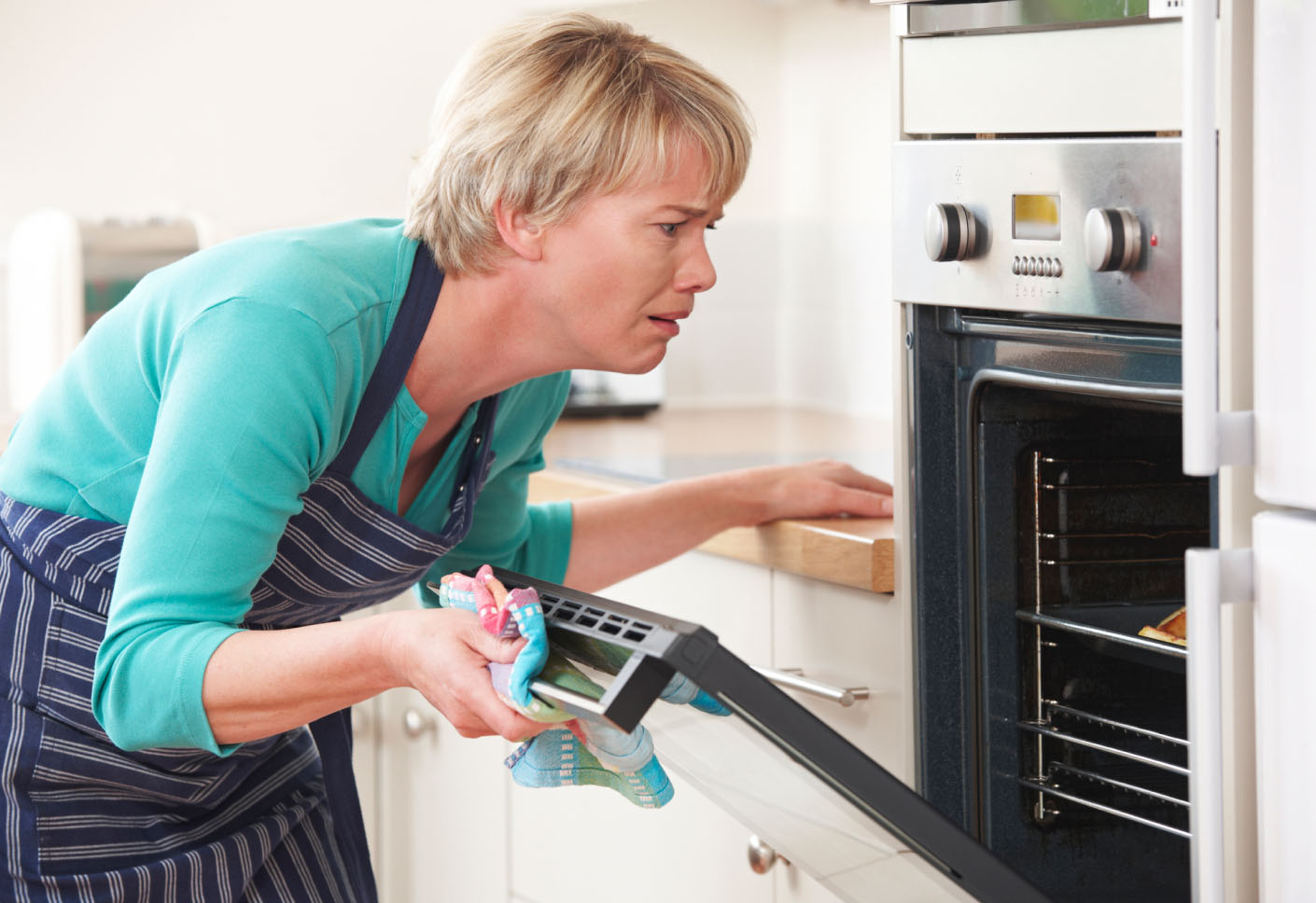Oven Not Heating Properly? Here’s What You Need to Know
Is your oven not heating up, or not getting hot at all? Whether you're preparing a holiday feast or a simple weeknight dinner, an oven that doesn’t work correctly can be a major inconvenience. But before you call in a technician, it's worth understanding what could be causing the issue. In this post, we’ll break down the most common reasons why ovens stop heating properly, what you can do about it, and when it’s time to seek professional help.
Common Reasons Your Oven Isn’t Heating Properly
Faulty Heating Element (Electric Ovens)
In electric ovens, the heating element—usually found at the top (broil) and bottom (bake)—is responsible for generating the heat. If one of these elements is burned out or damaged, the oven may heat unevenly or not at all. Look for visible signs like blistering or breakage. Replacing a faulty element is often straightforward and cost-effective.

Malfunctioning Igniter (Gas Ovens)
For gas ovens, a weak or broken igniter is a common culprit. If the igniter can’t reach the necessary temperature to open the gas valve, the oven won’t ignite. If you hear a clicking sound but the oven doesn’t light, or if there's a delay, it might be time for a new igniter.

Defective Temperature Sensor
The temperature sensor monitors the internal oven temperature and signals the control board to adjust heating accordingly. If the sensor is misaligned or broken, your oven may overheat or fail to heat at all. A multimeter can help test for continuity.
Power Supply Problems
For electric ovens, ensure that the appliance is receiving the correct voltage. An oven needs both 120 and 240 volts to function. If it's only receiving 120 volts (like from a tripped breaker), the oven light and display might work, but the heating element won’t.
Issues with the Control Board
The electronic control board is the brain of the oven. If it's malfunctioning, it might not send power to the heating components. Diagnosing this requires professional tools and should be handled by a technician.
Broken Oven Door Seal
A damaged door gasket can allow heat to escape, making the oven seem underpowered. Inspect the rubber seal around the door for cracks or gaps, and replace if necessary.
DIY Fixes You Can Try
- Reset the Oven: Turn off power at the breaker for 5 minutes and restart.
- Clean the Oven: Excess grease or food particles can sometimes interfere with heat circulation.
- Test the Heating Element: Turn on the oven and see if the element glows red. If not, it likely needs replacement.
- Inspect the Temperature Sensor: Ensure it’s properly positioned and not touching the oven wall.
When to Call a Professional v

If you’ve gone through the above steps and the oven still isn’t heating correctly, it’s best to consult a licensed technician. Working with gas or electricity can be dangerous without the right expertise. Additionally, replacing control boards or sensors requires precision and sometimes specialized tools.
Safety First
Always unplug your oven or shut off the gas supply before attempting any repairs. Consult your user manual and wear protective gloves if you're handling electrical parts.
Final Thoughts
An oven not heating properly is frustrating—but it’s also usually fixable. By identifying the symptoms and understanding the underlying causes, you can make informed decisions on whether to attempt a repair or call in the pros. A little maintenance goes a long way in ensuring your oven runs efficiently for years to come.
